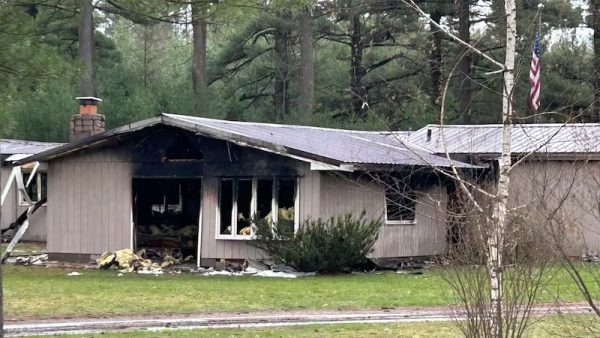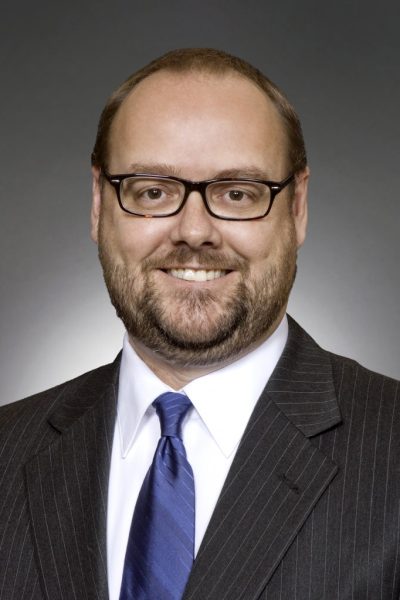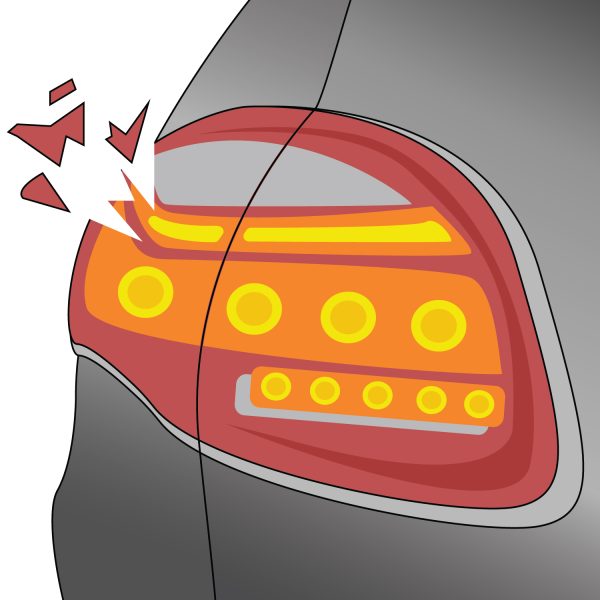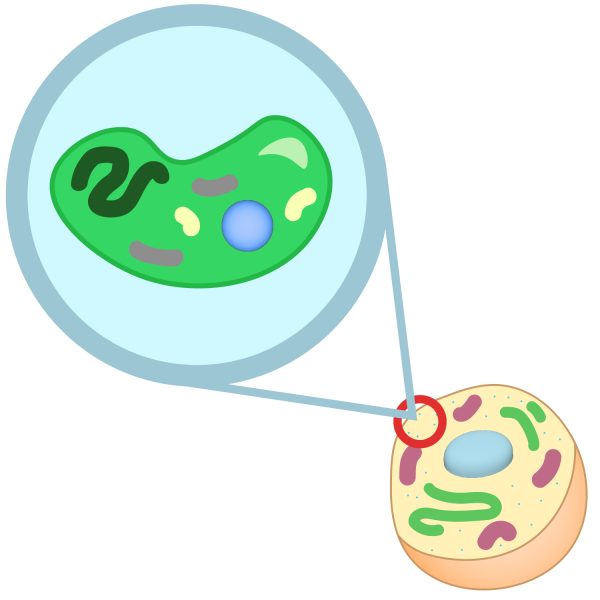Web Exclusive: Blood Drive donations hit record high
Students, faculty and staff at the University of Wisconsin-Platteville set a new record for units of blood donated during a blood drive on campus with a total of 907 units.
The spring American Red Cross Blood Drive, hosted by the Residence Hall Association (RHA) and National Residence Hall Honorary (NRHH), exceeded expectations.
According to Student Body President Joseph Sigwarth’s email updates, the campus exceeded their goal of 280 units per day with 316 on Feb. 24, 285 on Feb. 25, and 306 on Feb. 26.
According to Sigwarth, the previous blood drive record was 864 units of whole blood, and the average spring blood drive takes in 500-600 units.
Breaking the record last year for double red blood cell donors, Platteville set a record of 380 red blood cell units donated using apheresis machines this spring.
“It’s a good feeling donating doubles,” Jacob Patzer sophomore psychology major said.
Patzer continued on to say that his favorite part was the conversations he get to have with the nurses. The nurses are so friendly and easy to talk to.
According to the American Red Cross website (http://www.redcrossblood.org), someone in the U.S. needs blood every two seconds.
Kelsey Jacobsen, a junior business administration major, enjoys donating and knowing that she is helping other people.
“My least favorite part is that dang finger prick, it hurts so bad,” Jacobsen said.
Students braved the finger prick and donated on their own agendas.
“In two of my classes I get extra credit if I donate blood,” Brandon Boor, freshman mechanical engineering major said. “Plus I thought it would be a fun new experience for me.”
Working for American Red Cross out of Waterloo, Iowa for about five months, Amanda Branstad likes that she gets to see new people, hear about student’s majors and learn what they plan on doing for a career. Branstad chose this career because her cousin that survived a blood disease a few years ago.
“Platteville has such a huge blood drive, it is nice to see all the young students come and donate,” Branstad said.
Mallory Jasicki, sophomore ASC biochemistry and biology major who is also the blood drive coordinator and the RHA President, explained around 200 people volunteer for the blood drive.
“It’s amazing how much work goes into this. I give [the RHA & NRHH] lots of props,” Mitchell Bernarde, freshman mechanical Engineering and RHA member said.
Bernarde, who also volunteered at the event said, “Donating blood is completely selfless act, as there is no benefit to oneself other than knowing you saved lives by contributing.”
“RHA, NRHH, myself, the other Red Cross coordinators spend a lot of time improving the drive every year,” Randy Place, UW-Platteville Red Cross Coordinator said.
Thirty-four years ago, in 1981, RHA started the blood drive and has been improving ever since.
“For example, we find new ways to run more efficiently so we don’t have people waiting,” Place said. “These drives are a lot prep work, but they are worth every minute.”
Place, Red Cross staff and student volunteers are kept on their toes during the drive with many blood donors to attend to.
“In the Bader Hawkeye region, other universities may have higher enrollment of students than Platteville, but when it comes to blood drives, UWP provides more units by far,” Place said.
Jasicki said few changes are made every year, but they are continuing to work on productivity. For example, this year RHA added the position of volunteer coordinator, used a system where students were able to swipe their ID’s, and extended blood drive hours so students can have more opportunity to use the red blood machines.
“Representatives from other drives come to ours to check out how efficient we are,” Jasicki said.
Community members are also welcome to donate, but the majority of the donors are students and faculty that walk-ins. On day one there were 165 appointments in the system but 316 units were received that day. Day two there were 101 appointments but 285 units donated and day three there were only 69 appointments but had 306 units of blood given that day, according to Place.
“I enjoy coordinating the blood drive because it is making an impact and carrying on the tradition,” Jasicki said.
After the students and community members are done donating, the blood is shipped to Madison to be tested in the lab and then sent wherever the blood is needed in the United States.














